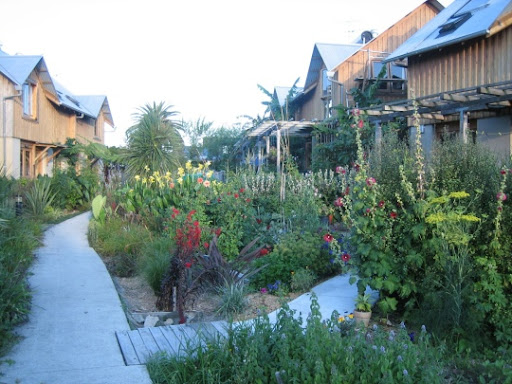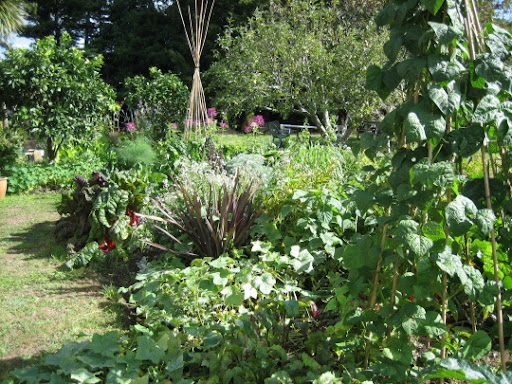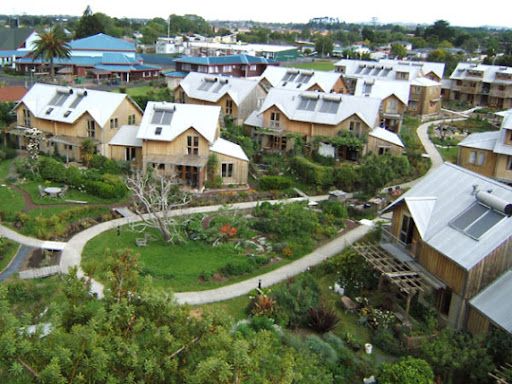Reading the newspapers daily, I have noticed recently how many more articles about the visible impacts on climate change around the world have increasingly published. The impacts of climate change towards Australian cities are seen worldwide due to the extreme weather patterns resulting in bushfires and floods affecting people and the wildlife.
"Rising oceans a threat to Aussie cities" - NZ Herald
We all know the main direct impact of global warming is the rising sea level worldwide. The close proximity of Australia to the Antarctica's melting glaciers caused extreme flooding to Australian main cities such as the recent flood in Brisbane/Queensland area. The changing climate in Australia with more frequent extreme bushfire weather and increased flooding along their coasts resulted in the new Climate Change Commission report that states:
"There is no longer any doubt that human activities and emissions are primary villain driving climate change"
 |
| Brisbane Flood, January 2011 |
| Victorian Bushfires in Black Saturday, 2009 |
The rising sea levels is at a faster rate over the past two decades threatening Sydney, Melbourne and could make "once-in-a century disasters an annual crisis by 2100". Planners and politicians in Australia and worldwide need to immediately and effectively address this global issue which would affect human health, agriculture, tourism, biodiversity and natural ecosystems.
"Koala numbers drop 80%" - NZ Herald
It is quite upsetting knowing those cute peaceful little fluff animal that Australia is famous for could become extinct in just few decades if we don't take actions towards reducing the climate change. Australian scientists are calling for the koala to be declares an endangered species as the number that once stood at millions across Australia, now reduced to no more than 50,000-100,000. Koala have declined significantly in some places such as Gold Coast by as much as 80% in the past 10-15 years.
So what driving these cute little creatures to death?
Although direct human activities such as land clearing for urban development, industry and agriculture have destroyed their habitats and affect their declining population, human emissions driving global warming also play a significant role in endangering Koala population.
Australia's long drought and the more extreme hotter and drier conditions pose a serious threat to mammals to adapt to resulting in:
"They [Koala] suffer heat stress and dehydration, so unless they get access to water they virtually drop out of trees"
| Sam the Koala being rescued from dehydration in a bushfire site. Source: (Glen B., 2009) |
The Earth has been warming at an average annual rate of 0.17C for the past 30 years and koalas are unable to cope with successive hot days of more than 30C therefore global warming would reduce koala population severely, even to the point of extinction.
As discussed in my previous post - Polar bears, Humpback whales, African elephants and now Koalas are in danger and they are struggling to survive in the extreme weather conditions posed by climate change - which is driven mainly by human emissions. What other unique, helpless animals need to be endangered and become extinct in order to wake world leaders and politicians up to realize that we need to make significant changes in our lifestyle to save Earth and its beautiful creatures and landscapes? Planners and politicians need to "decarbonise" economy and place policies for businesses and companies to reduce the amount of carbon emissions being released in to the environment and start living sustainably.




